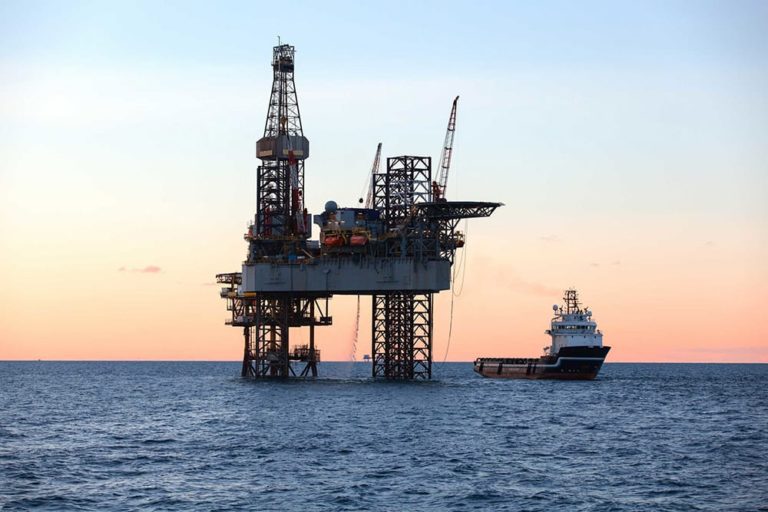Explorers hoping to deliver pay at Kanuku Block this year
 The year started with two more discoveries at Stabroek Block by ExxonMobil and a significant announcement by CGX Energy at its Kawa-1 well on the Corentyne Block, marking a potential major discovery outside of the prolific Stabroek license. Following this success, explorers will be looking to hit pay at the Kanuku Block this year with a planned campaign in the second quarter.
The year started with two more discoveries at Stabroek Block by ExxonMobil and a significant announcement by CGX Energy at its Kawa-1 well on the Corentyne Block, marking a potential major discovery outside of the prolific Stabroek license. Following this success, explorers will be looking to hit pay at the Kanuku Block this year with a planned campaign in the second quarter.
“In Guyana, the Kanuku JV (Repsol operated) is planning to spud the Beebei-Potaro commitment well during the second quarter of 2022, targeting the Cretaceous light oil play of the Guyana-Suriname Basin,” block partner Tullow Oil said in its January 26 Trading Statement and Operational Update.
The explorers have been moving to conduct a geotechnical survey at the Kanuku Block ahead of the drill campaign at Beebei-Potaro.
Repsol’s Head of Exploration for the Americas, Tomas Zapata, said back in August last year that the company is optimistic about hitting pay in 2022 after the first well drilled on its Kanuku license – Carapa-1 -failed to encounter commercial hydrocarbons in 2020.
Explorers have been gunning for oil outside the giant Stabroek acreage for years but have turned up mixed results – a combination of non-commercial wells and heavy oil finds.
So far only Stabroek has delivered the goods…what’s next?
But analysts have long been confident that commercial oil will be found outside the prolofic Stabroek Block where ExxonMobil has racked up around 28 discoveries with estimates exceeding 10 billion barrels of oil equivalent.
“I think that there definitely is going to be commercial finds outside the Stabroek Block. I think Stabroek Block is of course the most promising block that we’ve seen, and that’s where we have the most advanced data that helps kind of reinforce these finds, because once you draw one successful commercial well in one area it’s much easier to draw another one because you see what works and what didn’t work,” Arthur Deakin, Co-Director at Americas Market Intelligence (AMI) Energy Practice told OilNOW.
Repsol is the operator of the Kanuku Block with a 37.5 stake. The other partners are Tullow (37.5%) and Total (25%).

 In late January, the Guyanese PPP administration
In late January, the Guyanese PPP administration 